5 Foolproof Dog Training Tips That Actually Work
Consistency, Positive Reinforcement, Timing, Ignoring Bad Behavior and Patience!
5 foolproof training tips that wont make training feel like you’re trying to solve a Rubik’s Cube blindfolded. Whether you’re dealing with a stubborn Bulldog or a hyperactive Spaniel, these five dog training tips could be your golden ticket to success. They’re straightforward, effective, and they won’t leave you pulling your hair out.
First things first: dogs thrive on consistency like plants do on sunlight. If “sit” means “sit” today, it can’t mean “give me a high five” tomorrow. Decide on your commands and stick to them. This applies to everyone in your household. If your dog gets mixed messages, they’ll be as confused as a GPS in a tunnel. Keep training sessions short but sweet, and practice the same commands in the same way, every single time.
When training, consistency isn’t just a good idea; it’s the golden rule. Let’s break down why sticking to the same commands, rules, and routines is like giving your dog a roadmap to success, and how inconsistency is akin to tossing that map into a windstorm. Just like humans, dogs learn through repetition and clear signals. When you’re consistent with your commands, responses, and rewards, you’re essentially speaking your dog’s language.
Why Consistency is the Cornerstone of Dog Training
- Builds Trust and Security: Dogs feel secure when their world is predictable. Consistency in training helps build trust between you and your pet, as they learn what's expected of them and what they can expect from you.
- Reduces Confusion: If "sit" means "sit" today but "give me a high five" tomorrow, your dog will be as perplexed as a tourist without a map. Consistent commands eliminate confusion, making it easier for your dog to understand and follow your instructions.
- Accelerates Learning: Every time you use the same command and reward the desired behavior immediately, you reinforce that learning in your dog's mind. It's like hitting the save button on a document; the information sticks.
- Ensures Everyone's on the Same Page: Consistency is not just about your interaction with your dog; it's also about ensuring everyone in the household uses the same commands and follows the same rules. This unified approach prevents mixed signals and fosters a cohesive training environment.
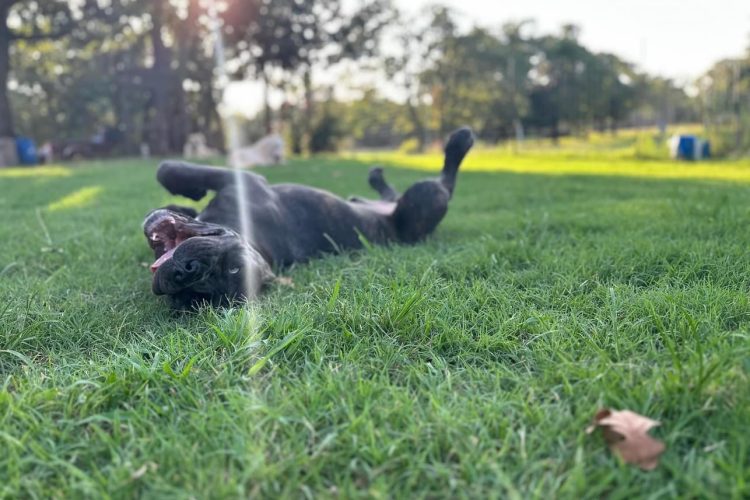
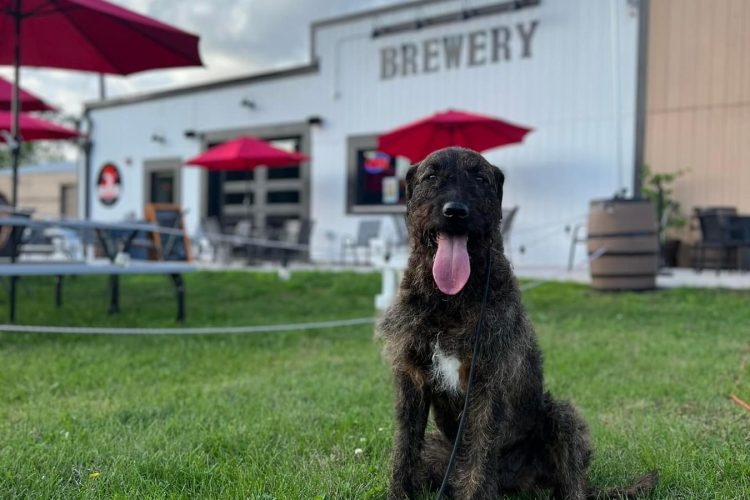

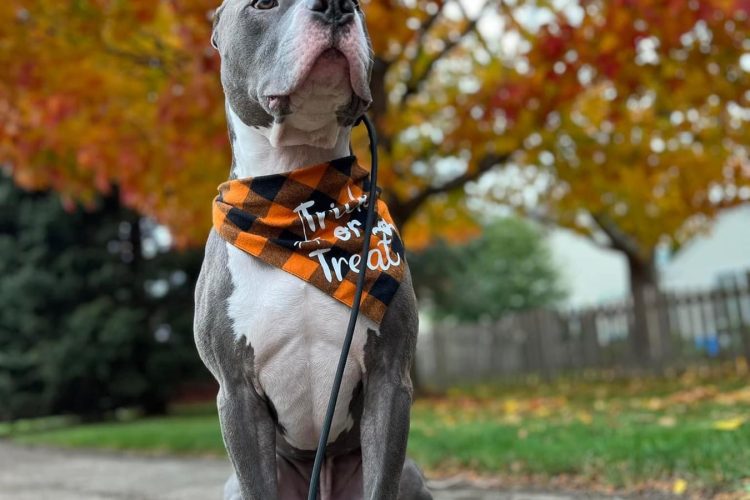
How to Implement Consistency in Training
Implementing consistency goes beyond repeating the same command; it’s about creating a stable training environment. Here’s how to do it:
Standardize Commands: Decide on a set of commands and ensure everyone in your household uses them. A command cheat sheet can help everyone stay on track.
Maintain Routine: Dogs thrive on routine. Try to conduct training sessions at the same time each day and in a similar environment to reinforce learning.
Be Consistent with Rewards and Corrections: Immediately reward good behavior with treats, praise, or affection. Similarly, apply corrections consistently but gently, ensuring your dog understands which behavior is being corrected.
Keep Training Sessions Short and Sweet: Dogs have limited attention spans. Keeping training sessions short ensures your dog remains engaged and learning stays fun.
Practice Makes Perfect: Regular practice is key. Reinforce commands and behaviors daily, using the same words and actions to solidify learning.
Positive Reinforcement: Treats, Praise, Love
Imagine working for free. Not motivating, right? Dogs feel the same about training without rewards. Positive reinforcement is about rewarding the behavior you want to see again. Treats work wonders, but so do praise and physical affection. Caught your dog in the act of obeying? Shower them with love. This doesn’t just make training more enjoyable; it cements those good behaviors as pathways to positive outcomes.
Positive reinforcement is grounded in the science of behaviorism, which suggests that behaviors followed by pleasant outcomes are more likely to be repeated. For dogs, a treat, a warm pat, or an enthusiastic “Good boy!” serves as that pleasant outcome, encouraging them to repeat the behavior that earned them such rewards. To harness the full power of positive reinforcement, keep these tips in mind:
- Variety is the Spice of Life: Mix up rewards to keep things interesting. Use different types of treats, alternate between verbal praise and physical affection, and occasionally throw in a favorite toy. This variety helps maintain your dog's interest and motivation.
- Keep It Healthy: While treats are an effective reward, it's important to consider their nutritional value. Opt for healthy, low-calorie treats to avoid weight gain. Sometimes, a piece of their regular kibble can be just as exciting as a special treat if given in the right context.
- Be Consistent: Just like with commands, consistency in rewards is key. Make sure you're rewarding the behaviors you want to encourage every time they occur. This consistency helps your dog understand which actions are worth repeating.
- Gradually Phase Out Treats: While treats are great for teaching new commands, your goal should be to gradually reduce their use as your dog learns. Transition to verbal praise and physical affection as primary rewards, using treats intermittently to reinforce learned behaviors.
Timing is Everything
In comedy and dog training, timing is everything. Reward your dog immediately after they follow a command or exhibit a desirable behavior. This immediate association helps them connect the dots between action and treat. Wait too long, and they might think they’re being rewarded for the next action they take, like chasing their tail. Instant gratification isn’t just a human thing; it’s a canine thing too.
It’s all about letting your dog know exactly what behavior you’re happy with, right when they do it. Knowing why timing is so crucial in dog training, how it helps you communicate better with your furry friend, and how it can stop those not-so-great behaviors from happening in the first place.
Why Immediate Rewards Matter
Think of it this way: dogs live in the now. If they do something you like and you give them a treat right away, they’ll connect the dots between what they did and the reward. But if you wait too long, they might get mixed up and think the treat is for something else they did afterward, like running off to chase a squirrel. So, giving rewards right after the good behavior is key to helping them learn what you want. Timing isn’t just about teaching; it’s about talking to your dog in a way they understand. When you reward or correct them right after they do something, it’s like you’re saying, “Yes, that’s exactly what I wanted!” or “Nope, that’s not what we’re looking for.” This clear communication helps your dog learn faster because they’re not left guessing what you’re trying to tell them.
Ignoring: Don't Reward Bad Behavior
Understanding how dogs perceive attention is crucial in training and everyday interactions. For dogs, attention from their human is highly desirable, akin to a treat or a favorite toy. This includes any form of attention, even if we consider it negative, such as reprimanding or pushing them away. When a dog jumps up for attention and receives any response, even if it’s to push them off, they’re essentially getting what they were seeking: your notice and interaction. This scenario inadvertently encourages them to repeat the behavior.
Strategic ignoring is a technique that leverages a dog’s desire for attention to encourage good behavior. It involves deliberately withholding attention to discourage unwanted behaviors, such as jumping up, barking for no reason, or being overly rowdy. Here’s a closer look at how to effectively use this method:
How to Effectively Use This Method:
- The Cold Shoulder: This step goes beyond just turning away; it involves ignoring all attempts your dog makes to grab your attention through undesirable behaviors. No talking, touching, or eye contact ensures that your dog receives no reinforcement from you during these moments.
- Waiting for Calmness: Patience is key. Wait until your dog has stopped the unwanted behavior and is calm. For some dogs, this may take just a few seconds, while for others, it might take a bit longer.
- Turning Your Back: When your dog jumps up or engages in attention-seeking behavior, immediately turn your back to them. This action sends a clear message that jumping up will not result in the desired outcome—your attention.
- Avoiding Eye Contact: Dogs are very attuned to our gaze, often using it as a cue for interaction. By avoiding eye contact when they're misbehaving, you reinforce that their actions are not the correct way to ask for attention.
Why It Works and Implementing in Daily Life
This method works because it uses a natural dog instinct—the desire for attention—as a training tool. By only rewarding your dog with attention when they display behaviors you want to encourage, you’re teaching them that calmness and good manners are what get them what they want most. It’s a powerful lesson that can transform how your dog interacts with you and others.
Incorporating strategic ignoring into your daily routine requires consistency. Every member of the household must respond to unwanted behaviors in the same way to avoid confusing your dog. It’s also essential to balance ignoring with positive reinforcement for good behavior, ensuring your dog understands not just what you don’t want but also what you do
Patience, Grasshopper
Lastly, remember that Rome wasn’t built in a day, and Fido won’t be trained in one either. Patience is your best friend in the dog training journey. There will be setbacks, accidents, and days when it feels like progress is slower than a snail on a leisurely stroll. But with patience, persistence, and a lot of love, you’ll see results.
Patience truly is a virtue, especially when it comes to training your dog. Just as Rome wasn’t built in a day, shaping your furry companion into a well-mannered member of your household takes time, effort, and a lot of patience. This journey is filled with ups and downs—setbacks, accidents, and days when it feels like you’re making no progress at all. Yet, it’s these challenges that make the process rewarding. Armed with patience, persistence, and an abundance of love, you’ll gradually see the fruits of your labor.
Patience is more than just a passive waiting; it’s an active part of the training process. It involves understanding that every dog learns at their own pace, recognizing that mistakes are part of learning, and knowing when to take a step back and try a different approach if something isn’t working. It’s about celebrating the small victories and not getting discouraged by the setbacks. In moments of frustration, remind yourself that your dog is trying their best to understand what you’re asking of them. This perspective helps maintain a positive and supportive training environment, which is crucial for your dog’s learning and well-being.
Wrapping Up: The 5 Foolproof Ways to Train Your Dog
As we wrap up, let’s revisit the five foolproof ways to successfully train your dog, each underscored by the importance of patience:
Consistency is Key: Stick with the same commands and rules to avoid confusing your dog. Consistent actions and expectations are the bedrock of effective training.
Positive Reinforcement: Use treats, praise, and love to reward desired behaviors. This approach not only makes training enjoyable but also reinforces the behaviors you want to see.
Timing is Everything: Reward or correct your dog immediately following their action to help them make clear connections between their behavior and the consequence, be it positive or negative.
The Art of Strategic Ignoring: Don’t reward unwanted behaviors with attention. Instead, use strategic ignoring to teach your dog that calmness and good manners are the keys to gaining your attention.
Patience, Grasshopper: Understand that training is a journey, not a race. With patience, persistence, and love, you will achieve the results you’re aiming for.
Final Thoughts From Training That Lasts
Training your dog doesn’t have to be an overwhelming task. By integrating these five key principles into your training regimen, you’re not merely teaching your dog; you’re laying the groundwork for a relationship based on mutual respect and understanding. It’s essential to remember that each dog is unique, and flexibility is crucial. What works for one dog might not work for another, so stay adaptable, maintain a positive outlook, and cherish each step of the journey. With time, you’ll have a well-behaved companion who not only listens but also enhances your life in countless ways.
Want More Content Like This? Share This Post!
By sharing Training That Lasts, you’re not just promoting our dog training – you’re promoting happier homes, stronger friendships, and a richer understanding between humans and their canine companions. Help us Redefine Relationships one best friend at a time!
Table of Contents
Lets Work Together!
Our Consultation Assessment form is the perfect starting point for us to help you and your pet. We understand how difficult it can be to manage your dog’s behavior, especially if you’re away on vacation or busy with work. Our team of experienced trainers will evaluate your dog’s needs and develop an individualized training plan to get them back on the right track. With our assistance, you can rest assured that your pet will receive the best care possible.
Learn More From Training That Lasts
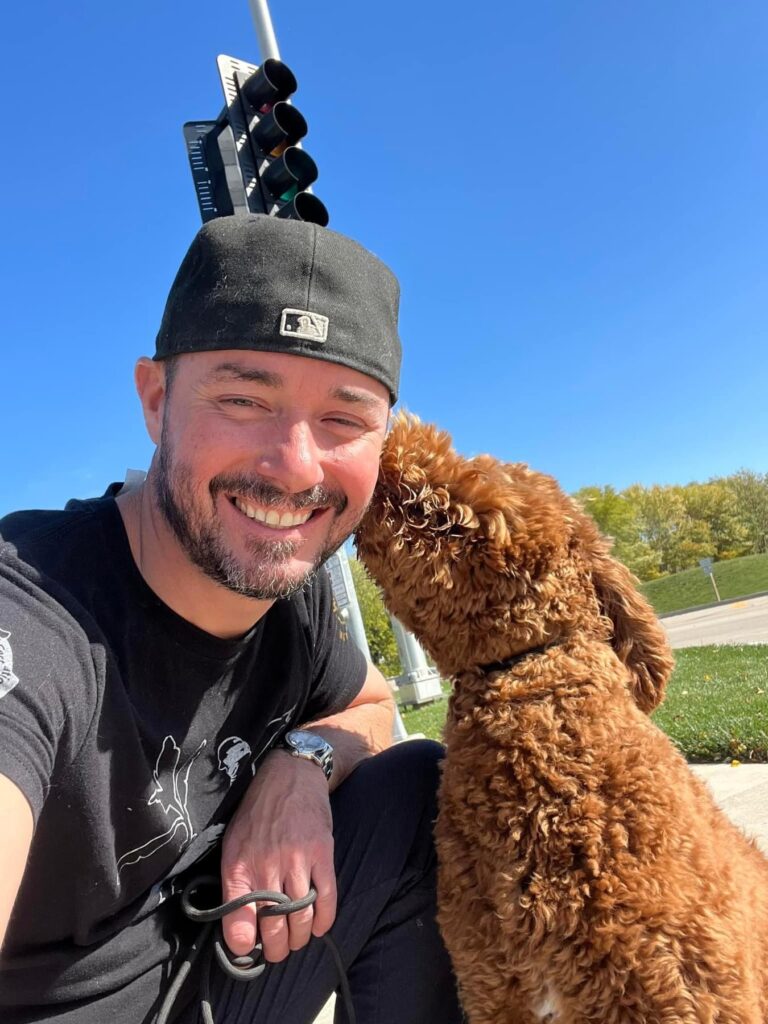
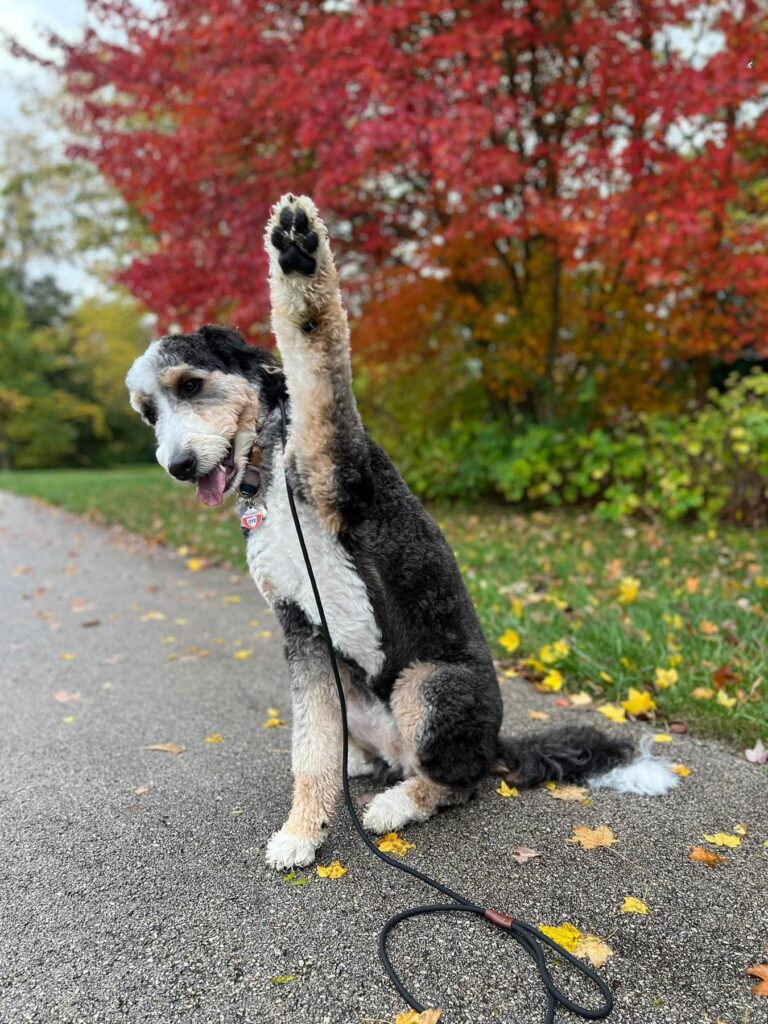
Puppy Training Advice
Training a puppy, with their adorable yet distractible little minds, can seem like trying to nail jelly to a wall! The trick is in keeping it short, sweet, and engaging. Try training with bite-sized sessions—think 5 to 10 minutes max—to match their attention span. Use positive reinforcement like treats or belly rubs to make it worth their while. Imagine getting a dollar every time you responded to a work email, you’d be on inbox zero daily! Consistency is your best friend here. Train at the same time each day to turn these mini-meetings into a routine they can wag their tail to. Always end on a high note, with a game or a treat, so they’re left eager for the next session. Remember, you’re aiming to be the Spielberg of puppy training. Keep it interesting, keep it fun, and they’ll be ready for their close-up, or at least to sit and stay in no time.
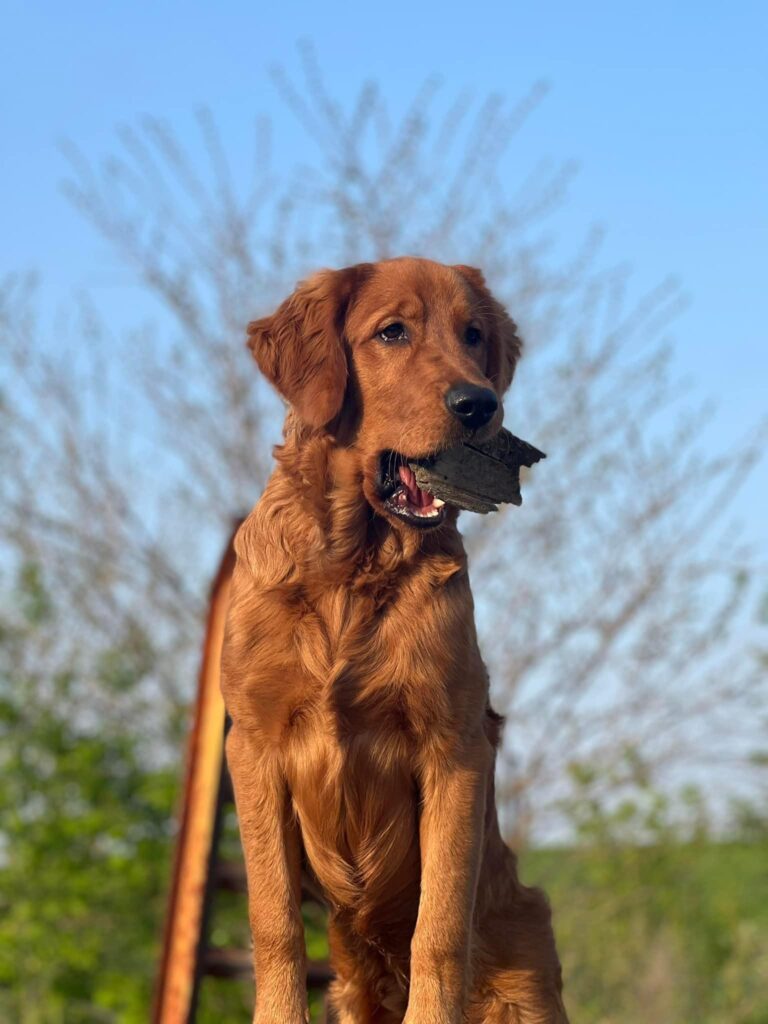
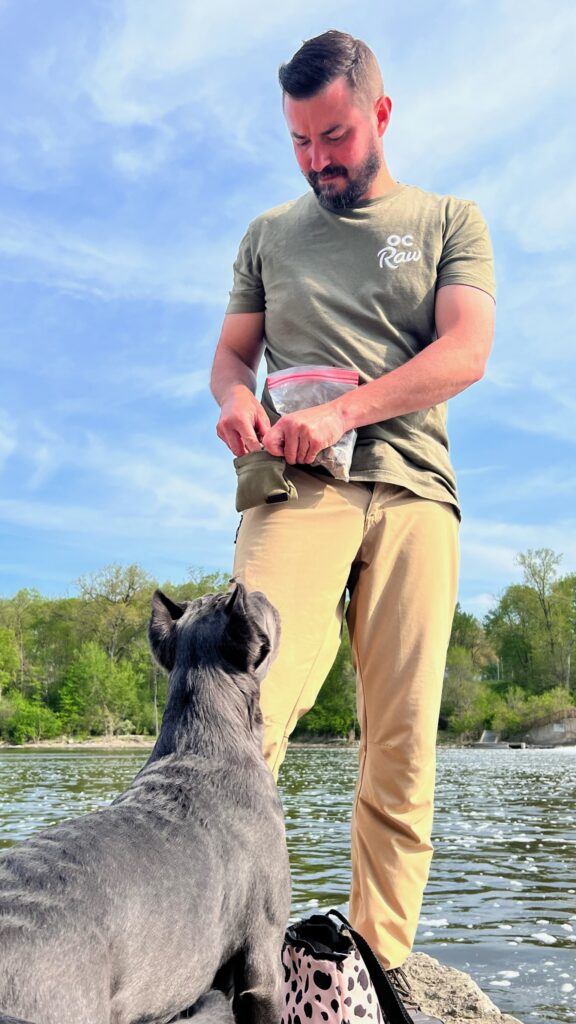
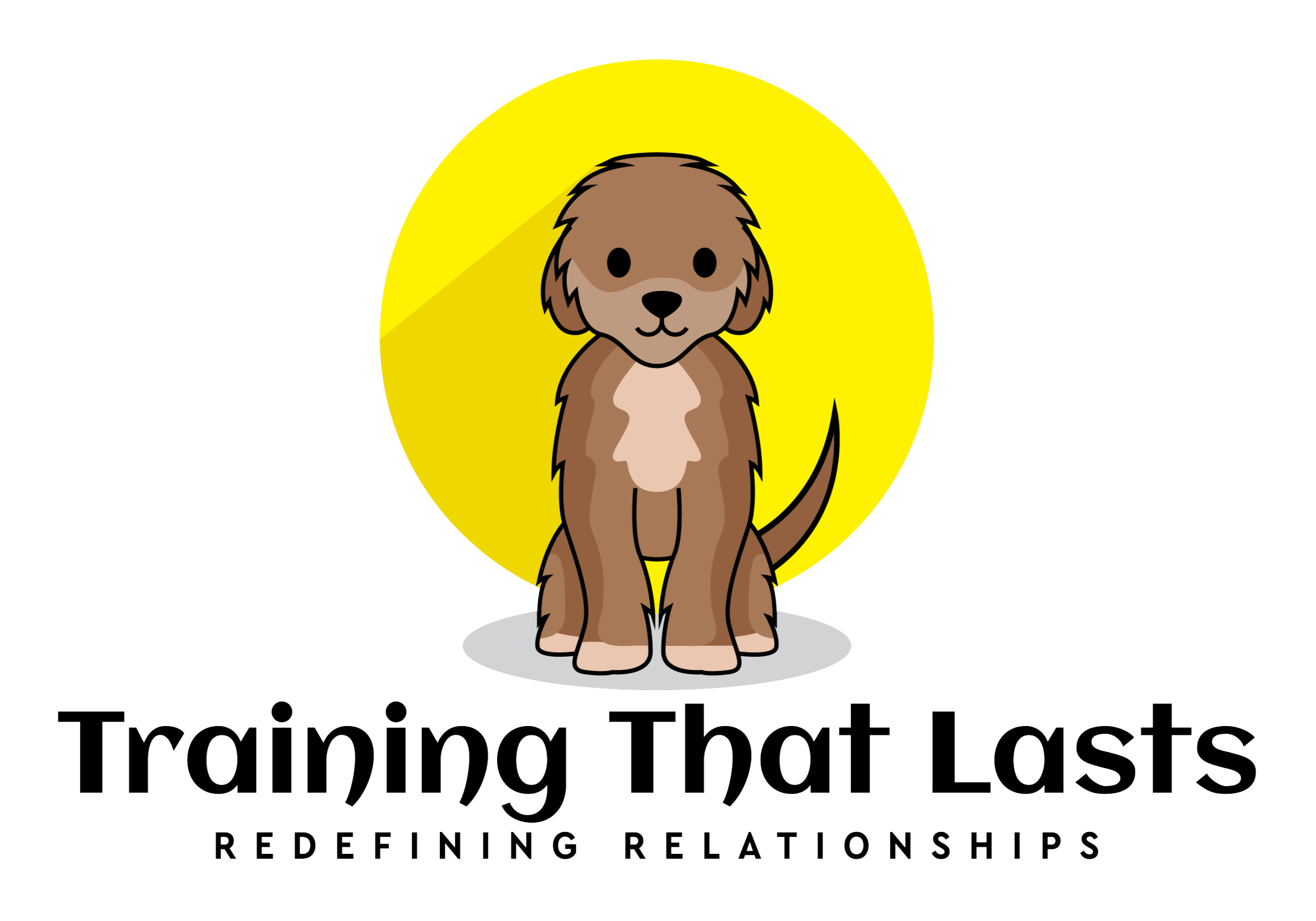
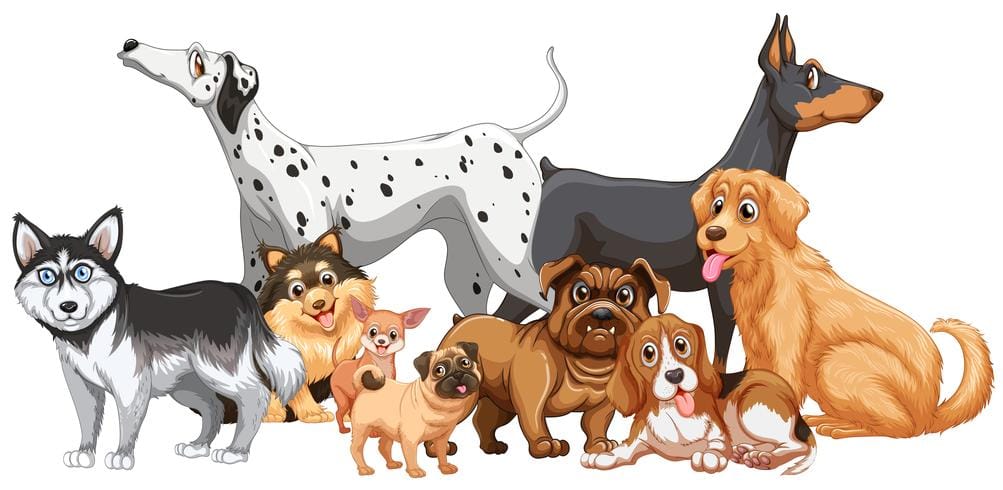
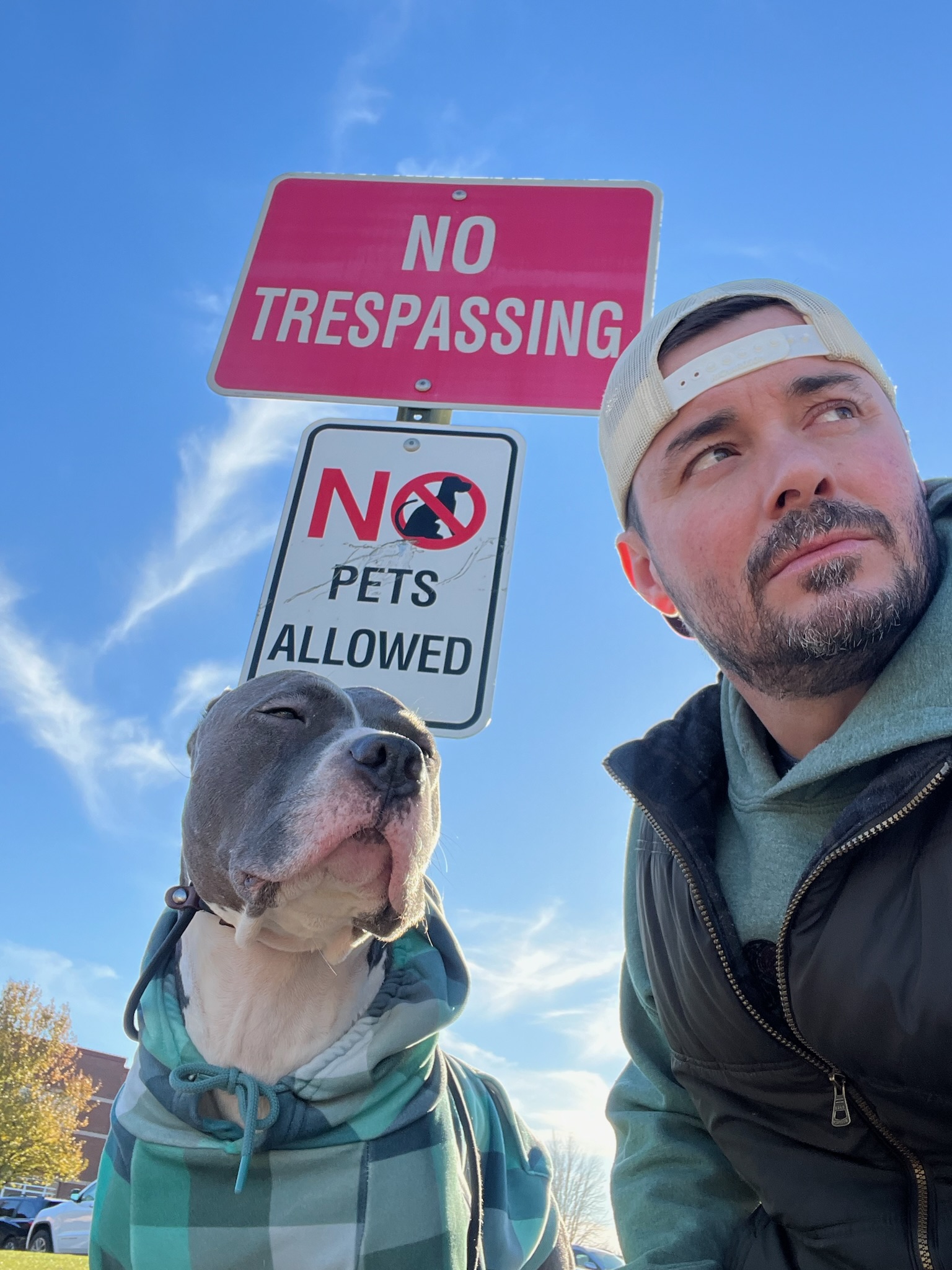
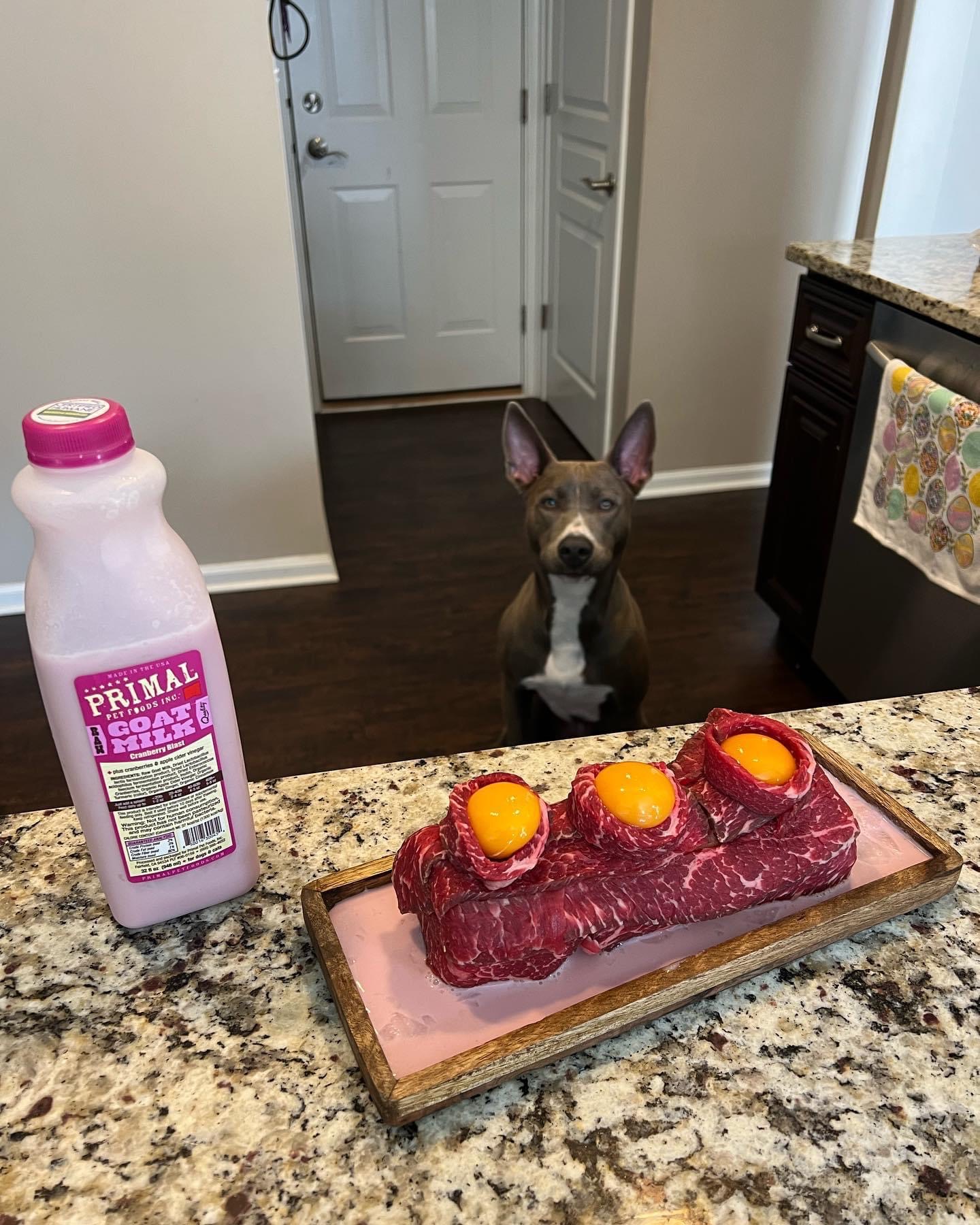

4 Responses